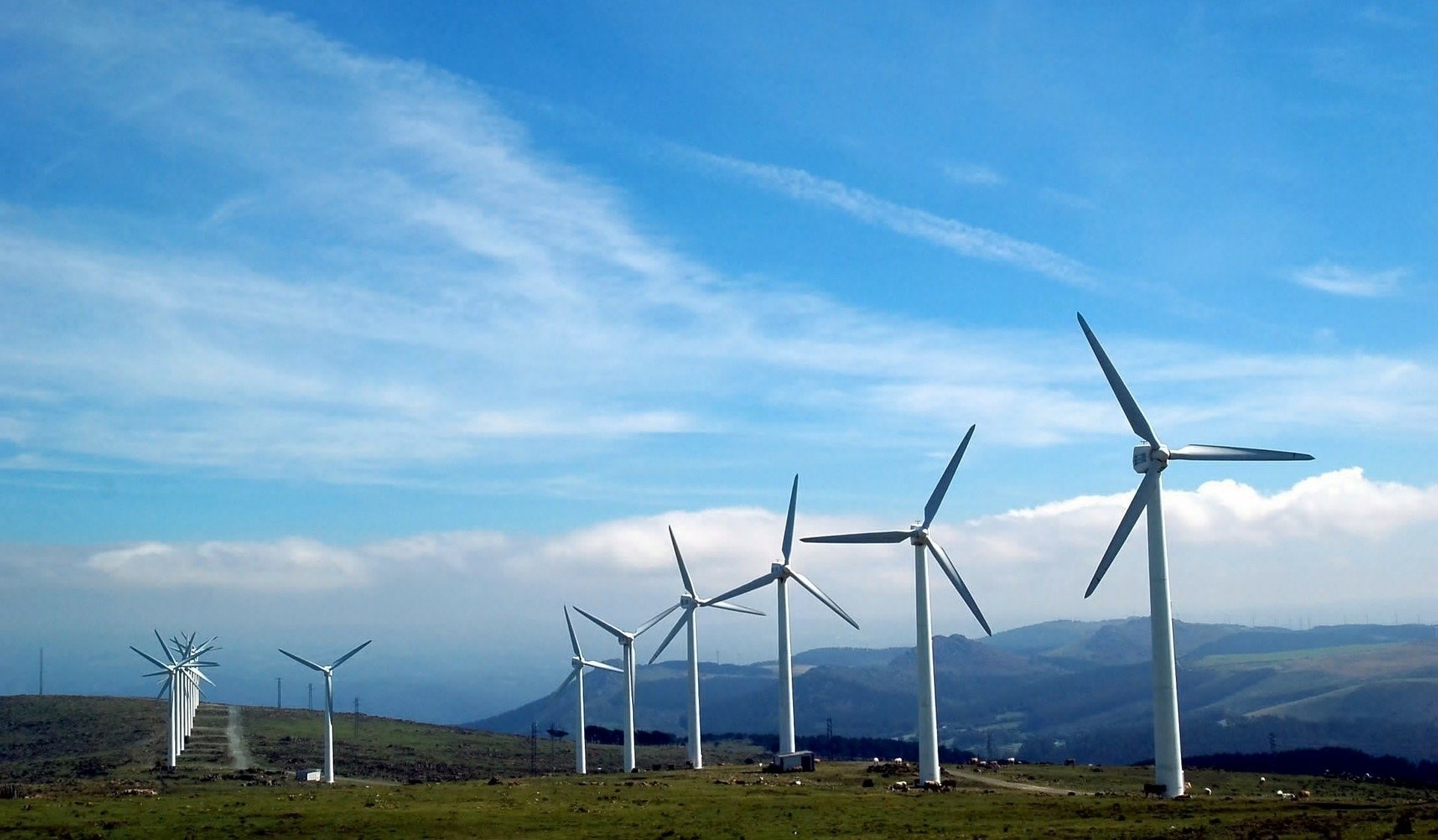Among the best-performing ETFs in recent weeks and a front-runner in the volatile pack of clean energy products is ETF Stream’s ETF of the month, the First Trust Nasdaq Clean Edge Green Energy UCITS ETF (QCLU).
Though not among the top three most popular clean energy thematic products in Europe, the $31m QCLU has outstripped the performance of its larger rivals on a one-, three- and six-month basis.
According to data from ETFLogic, QCLU returned 22% over the past month, as at 12 November. Meanwhile, Europe’s largest clean energy ETF, the $6.5bn iShares Global Clean Energy UCITS ETF (INRG), has rallied by 12.1%. Over the same period, the $167m L&G Clean Energy UCITS ETF (RENW) returned 5.8% while the $52m Invesco Global Clean Energy UCITS ETF (GCLE) yielded 14.6% and the newcomer HANetf S&P Global Clean Energy Select HANzero UCITS ETF (ZERO) jumped 10.9%.
Looking back over three months, QCLU has returned 22.2% while its four peers booked increases of 12.9%, 3.9%, 14.3% and 13%, respectively. Finally, over the half-year through 12 November, First Trust’s strategy shot up by 43.8%, just shy of 20% more than any other Europe-listed clean energy ETF except for ZERO, which launched at the end of June.
Impressively, despite a year of volatility for clean energy ETFs, First Trust’s silent success story has maintained a steady, positive flow of support. Some $1.6m flowed into the product over the month to 12 November, $12.6m over the last six months and $25.6m since the turn of the year.
The ETF underwent a significant revamp this February when First Trust turned the First Trust Small Cap Core AlphaDEX UCITS ETF (FYXLN) into QCLU and changed the underlying index to the Nasdaq Clean Edge Green Energy index.
Enjoying even more success has been QCLU’s US-listed cousin. The exceptionally popular $3.4bn First Trust Nasdaq Clean Edge Green Energy Index Fund (QCLN) has seen investors pile in $1.1bn since the start of 2021.
Both strategies offer a modified market cap weighted exposure to 60 US-listed companies involved in the manufacturing, development, distribution and installation of clean energy technologies, from subsectors including solar power, wind, battery tech, fuel cells and electric vehicles (EV).
While the methodology includes a cap to prevent high concentrations among larger alternative energy stocks, its market cap bias creates a mixed outcome.
On the one hand, its 10.9% weighting to Tesla means it has been highly exposed to the EV manufacturer, as its stock surged 55.9% between 1 October and 1 November.
However, the company’s market cap recently broke $1.2trn, more than the entire S&P 500 Energy Sector index, according to data from Bloomberg. This has seen the company’s weight in the Nasdaq clean energy benchmark shoot up by almost 2.5 percentage points in just two months.
While this may be rectified in QCLU’s quarterly rebalance or its next semi-annual reconstitution in March, such single-stock risk acts as a reminder of just how important it is to look beneath the bonnet of an ETF, especially those in the developing and highly volatile thematic ETF space.
This article first appeared in ETF Insider, ETF Stream's new monthly ETF magazine for professional investors in Europe. To access the full issue, click here.
Related articles



